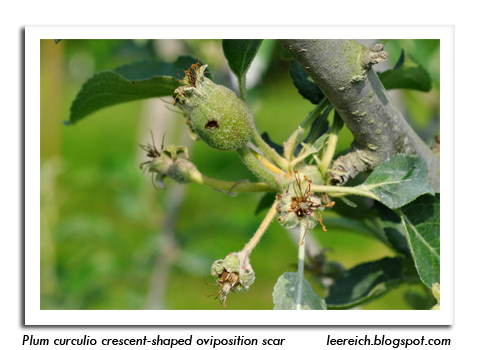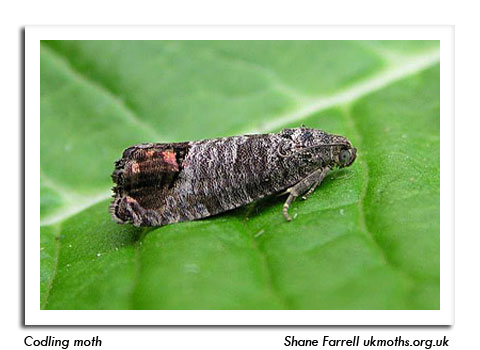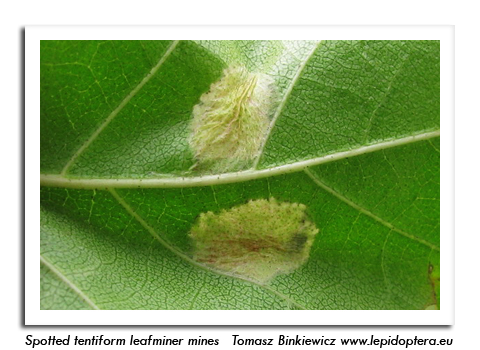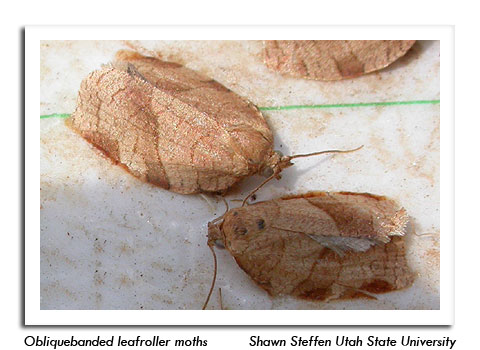
 |
|
|
Fruits
Volume 59 Number 5 Date 05/29/2014 PLUM CURCULIO - Apple growers are advised to continue examining early-blooming varieties for crescent-shaped oviposition scars and adult weevils. Recent warm temperatures may have caused the beetles to move beyond the perimeter trees, so scouting farther into orchard interiors will be necessary. An insecticide application directed against the adults at petal fall is the conventional form of control when the economic threshold of one oviposition scar or one adult weevil is exceeded. Organic options include PyGanic (pyrethrin) applied to the outer rows and Surround WP (kaolin) on the interior trees. Any treatment targeting the plum curculio should be applied on a warm night when the weevils are most active to maximize efficacy and reduce exposure to pollinators. CODLING MOTH - Low to moderate numbers of moths were registered in pheromone traps for the second consecutive week. Reports of activity were received from 13 of 24 reporting apple orchards, with a high count of 20 moths per trap near Mineral Point in Iowa County. The spring biofix was set from May 26-28 in several southern Wisconsin monitoring locations. REDBANDED LEAFROLLER - Counts are expected to decline soon in most orchards as the first flight comes to an end. The average count this week was 34 moths per trap, which compares to 24 last week and 40 per trap the week before. Egg hatch is occurring and larvae are emerging across the southern and central counties. SPOTTED TENTIFORM LEAFMINER - The lower numbers of moths captured during the May 22-28 reporting period signals most apple orchards are in between the first and second flights. Populations in the southern half of the state consist mostly of the early-stage sapfeeder larvae. The recommended scouting procedure is to sample 10 terminals and fruit spurs per tree on 2-3 trees per orchard block 10-14 days after a peak flight has occurred. Sapfeeder mines should be noticeable on the undersides of leaves. The economic threshold is one mine per 10 leaves. OBLIQUEBANDED LEAFROLLER - The first flight of moths is expected to begin by early June. Apple growers who have experienced late-season OBLR problems in recent years should consider setting additional traps now to identify problem areas and help determine where to direct sampling efforts. -- Krista Hamilton, DATCP Entomologist 





|
|
|